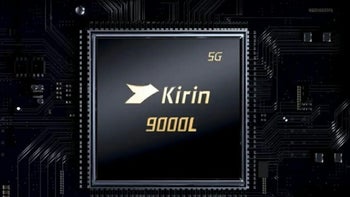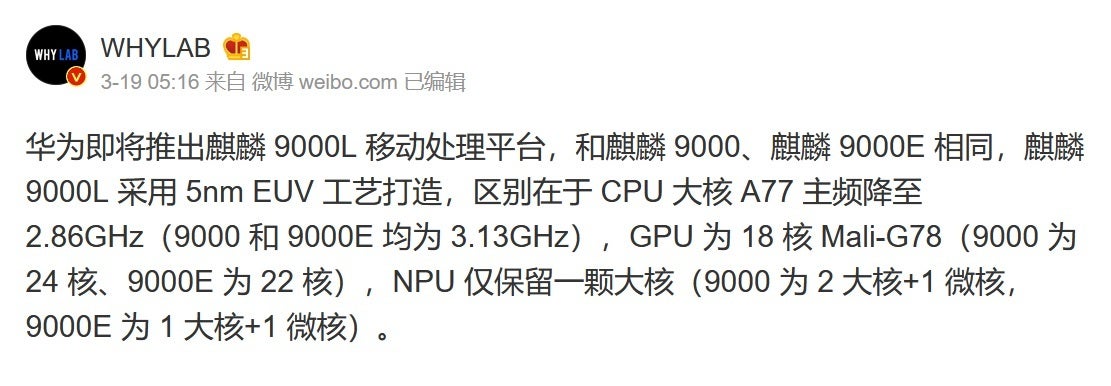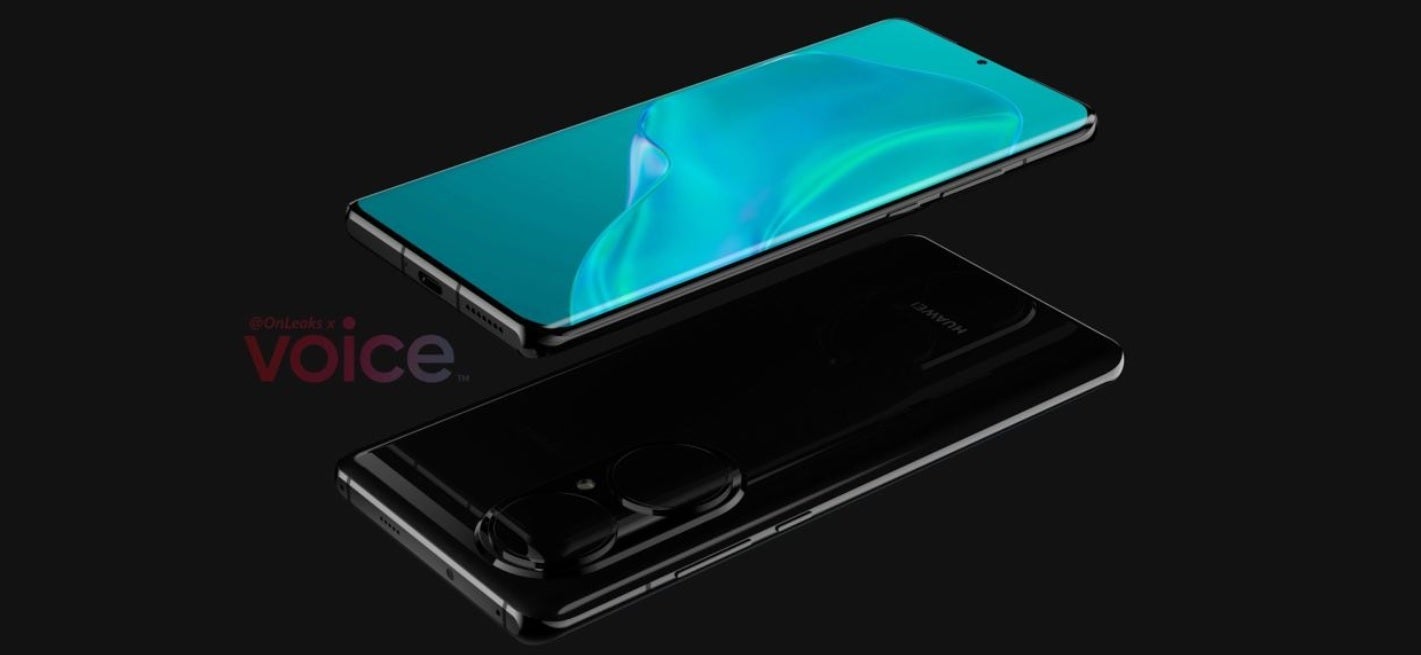Samsung will reportedly produce third variant of Huawei's cutting-edge 5G Kirin 9000 chipset

Over the last few years like clockwork, Huawei has released two flagship series. In the spring, the photography focused "P" series has been released and in the fall, the manufacturer disseminated its most technologically advanced handsets of the year with the Mate line. Such flagship phones need to be powered by flagship chips, but Huawei is at a major disadvantage there thanks to the United States.
Rumored Huawei Kirin 9000L chip could power the Huawei P50 series
Last May, the U.S. Commerce Department changed an export rule forcing all foundries on the planet that use American tech to obtain a license before they can legally ship components to Huawei. This has put a crimp in the manufacturer's plans. The company was TSMC's second largest customer after Apple, and the foundry did manage to deliver some cutting-edge Kirin 9000 chipsets before the new rules took effect. These were used on the Mate 40 series and will power the foldable Mate X2. What makes them cutting edge is that the chips were manufactured by TSMC using its 5nm process node. Each chip supposedly contains more than 15 billion transistors.

Weibo tipster reveals some specs of the rumored 5nm Kirin 9000L chipset
Huawei also designed the Kirin 9000E. This off-shoot of the Kirin 9000 has one big Neural Processing Unit (NPU) core and one tiny core compared to the two big NPU cores and one tiny core found on the latter. The NPU component is used to process tasks having to do with Artificial Intelligence (AI). The only other difference is that while the Kirin 9000 features a 24 core GPU, the Kirin 9000E carries a GPU with 22 cores. According to a post on China's Weibo site (via Huawei Central), another Kirin 9000 variant could be on the way. The Kirin 9000L is rumored to feature a slower clockspeed compared to the Kirin 9000 and 9000E. Whereas the clockspeed of the large core in the Kirin 9000 weighs in at 3.13GHz, the Kirin 9000L's large core runs at 2.86GHz. Similar to the Kirin 9000E, the "L" version will also sport one large NPU core and one tiny one. And additionally, compared to the aforementioned 24 and 22 GPU cores on the Kirin 9000 and 9000E respectively, the Kirin 9000L carries 18 GPU cores on the Mali-G78 GPU it is equipped with.
The Kirin 9000L will reportedly be produced by Samsung Foundry, the second largest contract foundry in the world after TSMC. The chip will be made using the foundry's 5nm EUV process node. EUV, or Extreme Ultraviolet Lithography, allows the foundry to mark up wafers with amazingly thin patterns for the placement of circuits on a chip. The thinner the line, the higher the number of transistors that can fit in a chip making them more powerful and energy efficient. However, Samsung Foundry is affected by the U.S. export rule change so it isn't perfectly clear whether Samsung will be able to participate in the production of the Kirin 9000L if such a chip is even in the works.

The Huawei P50 series is rumored to be powered by the Kirin 9000L chipset
What also isn't clear at the moment is the future of the all important relationship between the U.S. and China. Under the previous U.S. administration, many Chinese firms were seen as threats to U.S. national security. Huawei and TikTok parent ByteDance were viewed as security risks with Huawei said to have too close a tie to the Communist Chinese government. On the other hand, OnePlus seems to be able to sell its phones and accessories in the U.S. without any problems.
So far, talks between the new Biden Administration and China have not showed much promise according to media reports. It is possible that China could demand that Huawei be taken off of the entity list (which bans it from using supplies accessed from its U.S. supply chain) and have the chip restrictions eliminated before it agrees to sit down at the table with the U.S. But it would appear that the U.S. has the leverage and the upper hand when it comes to Huawei so we wouldn't expect the Biden administration to undo the bans and restrictions that damaged Huawei so deeply without getting something first from China.










Things that are NOT allowed: